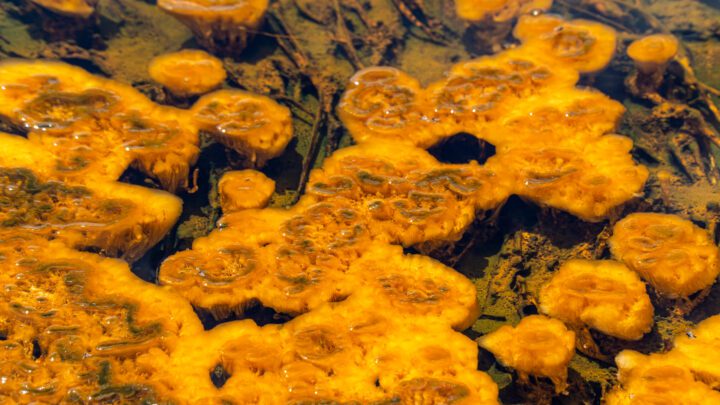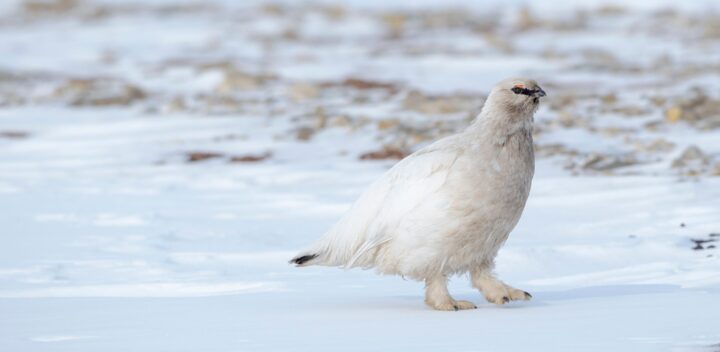The blood of some Antarctic ice fishes resists freezing via a glycoprotein that lowers the temperature at which ice crystals enlarge.
“An internal antifreeze stops some animals from freezing in sub-zero temperatures. Some Antarctic fishes and certain species inhabiting Scandinavian fjords, as well as the Alaskan blackfish (Dallia pectoralis), are said to be freezing-susceptible because their bodies do not form ice crystals even in sub-zero temperatures. The blood of Antarctic ice fishes of the genus Trematomus has a that functions very efficiently in preventing the formation of ice crystals; indeed, it is 200-500 times more effective than salt. The glycoprotein lowers the temperature at which ice crystals enlarge, while having no effect upon the temperature at which they melt.” (Shuker 2001:110)
“Antifreeze s (AFPs) and antifreeze glycoproteins (AFGPs) enable
the survival of organisms living in subfreezing habitats and serve as
preservatives. Although their function is known, the underlying
molecular mechanism was not understood. Mutagenesis experiments
questioned the previous assumption of hydrogen bonding as the dominant
mechanism. We use terahertz spectroscopy to show that antifreeze
activity is directly correlated with long-range collective hydration
dynamics. Our results provide evidence for a new model of how AFGPs
prevent water from freezing. We suggest that antifreeze activity may be
induced because the AFGP perturbs the aqueous solvent over long
distances. Retarded water dynamics in the large hydration shell does not
favor freezing. The complexation of the carbohydrate cis-hydroxyl
groups by borate suppresses the long-range hydration shell detected by
terahertz absorption. The hydration dynamics shift toward bulk water
behavior strongly reduces the AFGP antifreeze activity, further
supporting our model.” (Ebbinghaus et al. 2010:12210)






